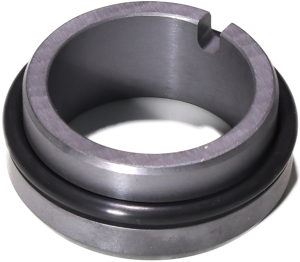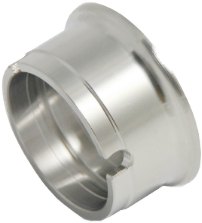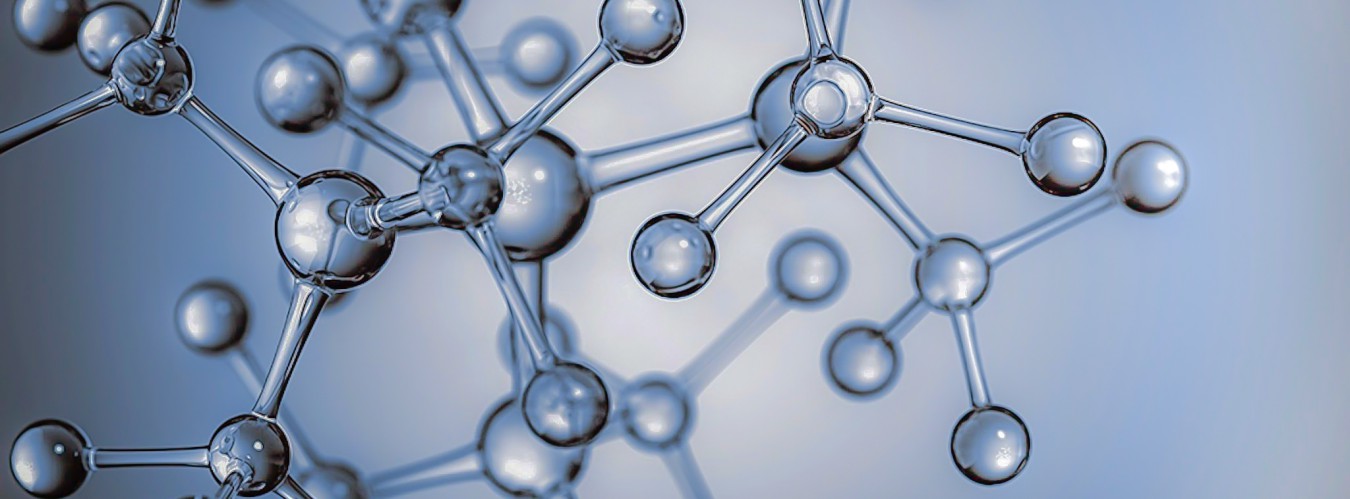Mechanical Seals

A mechanical seal is a device that helps join systems or mechanisms together by preventing leakage (e.g. in a plumbing system), containing pressure, or excluding contamination.
The effectiveness of a seal is dependent on adhesion in the case of sealants and compression in the case of gaskets.
A stationary seal may also be referred to as ‘packing’ is the kind of seal that doesn´t slides over itself, hence the reason that it doesn´t need rigid seal faces.
How its a mechanical seal made?
A mechanical seal is composed by the following parts:
- Seal faces, static and rotary.
- Shim ring for each face of the mechanical seal.
- Collar rings, bearing supports.
- Springs, to ensure the pressure is always regular between the contact faces.
How does it work?
The rotary face moves with the axis, sliding over the static face, mounted inside the pump´s body or in the seal plate. Thanks to the flatness and the machined precision of these faces, the fulid creates a lubricant film between both pieces, sealing the whole setup.

What are the seal faces made of?
The combination are very wide, but we allways have to keep in mind that we have to pick a combination of materials, to avoid adhesivness between same-material faces.
Carbon, ceramics, Nitrile, Silicon, Viton, etc…


